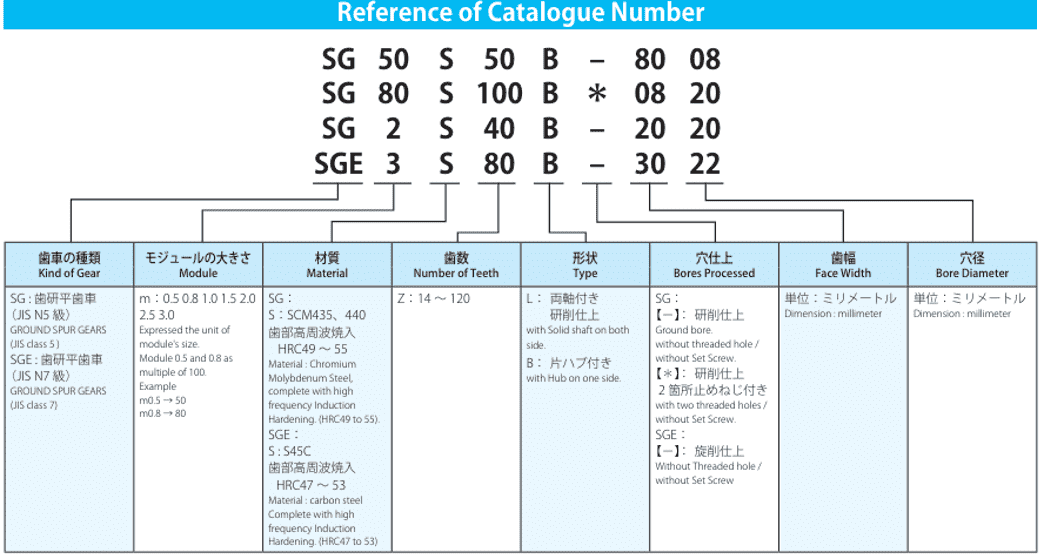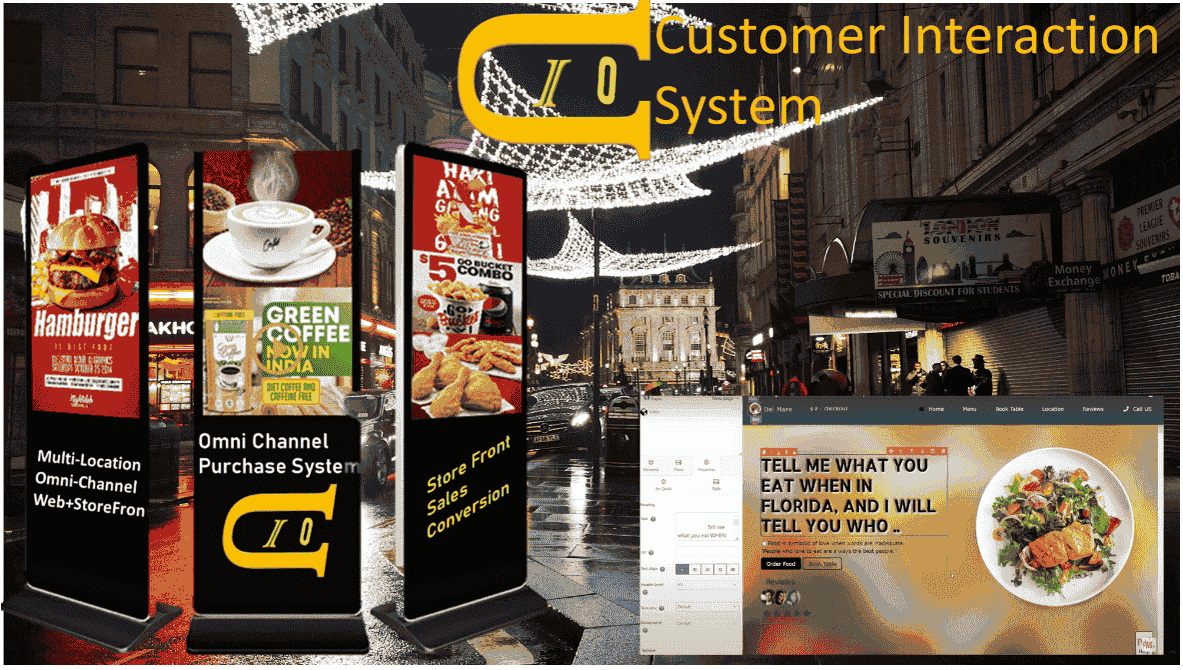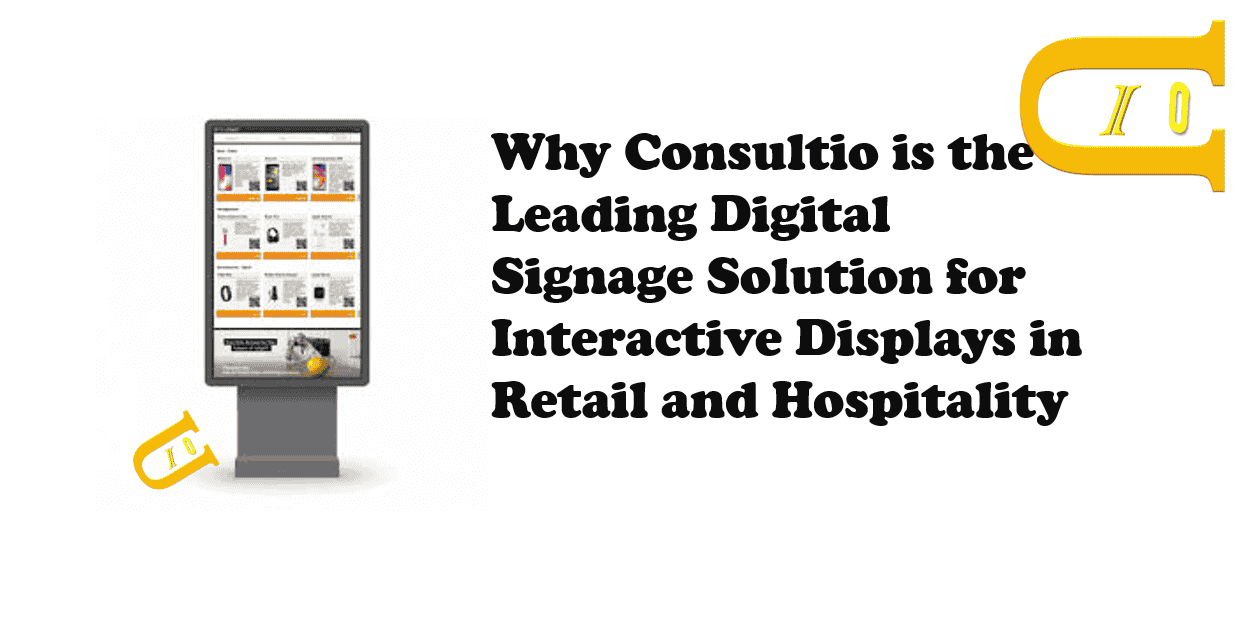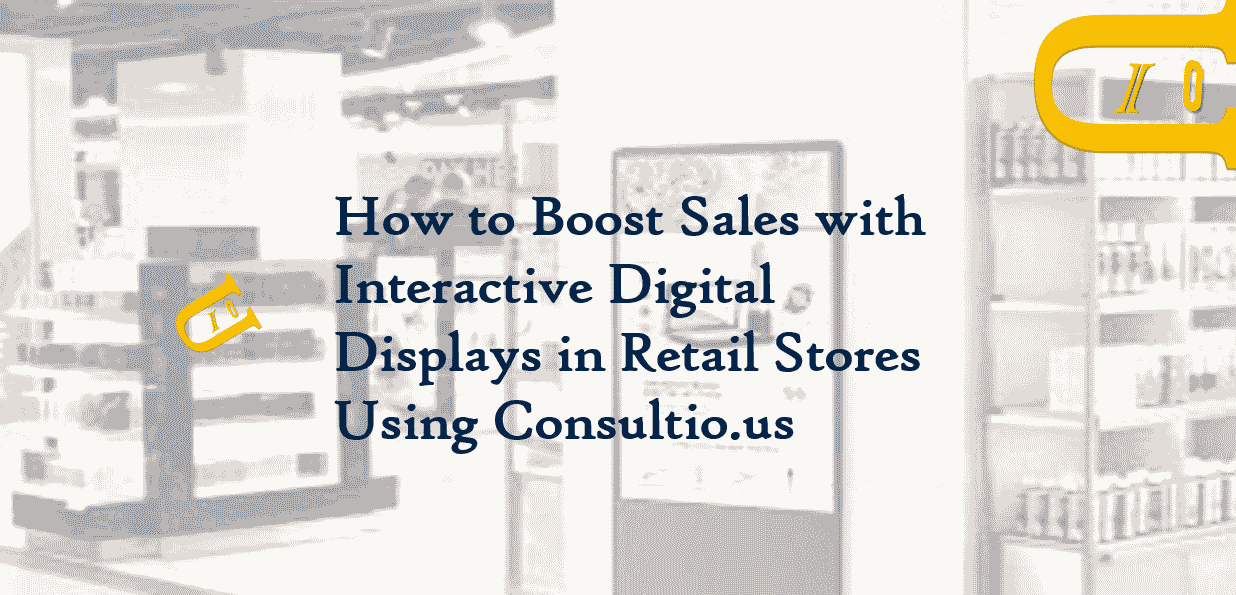Exploring the Impact of Interactive Digital Signage in Retail Environments
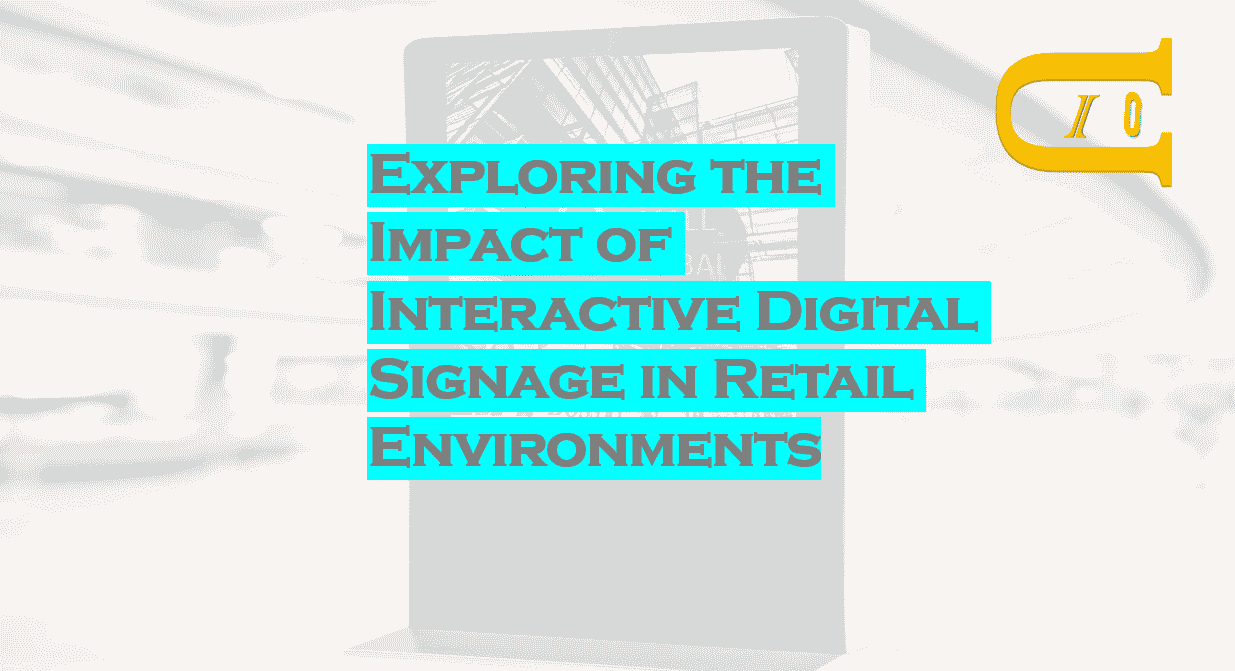
Exploring the Impact of Interactive Digital Signage in Retail Environments
In today’s fast-paced retail environment, businesses are constantly searching for innovative ways to enhance customer experience, boost engagement, and drive sales. One of the most dynamic and effective solutions to meet these goals is the use of interactive digital signage. This advanced technology is transforming the way retailers communicate with customers, providing new opportunities for customer interaction and engagement. In this article, we will explore the impact of interactive digital signage in retail environments, and how it is revolutionizing retail advertising solutions.
Table of Contents
- Introduction
- What is Interactive Digital Signage?
- Enhancing Customer Engagement
- Personalization and Targeted Messaging
- Improving the In-Store Experience
- Boosting Retail Advertising Solutions
- Future Trends and Innovations
- Conclusion
What is Interactive Digital Signage?
Interactive digital signage refers to displays that incorporate touch screen or motion-sensing technology, allowing customers to interact with the content displayed. Unlike traditional static signage, which simply provides information, interactive digital signage enables customers to engage directly with the screen. These displays can be used to showcase product information, promotions, videos, and even real-time offers based on customer behavior and preferences.
In retail environments, interactive signage has become an essential tool for improving the shopping experience. From wayfinding to personalized recommendations, digital signage for retail is rapidly becoming an integral part of the modern store layout.
Enhancing Customer Engagement
One of the primary reasons that interactive signage has become so popular in retail environments is its ability to engage customers. Unlike traditional signs, which only convey information passively, interactive digital signage encourages customers to actively participate. Whether it’s by interacting with a touchscreen to explore product details, entering a competition, or even participating in a poll, these displays create a more immersive experience.
Studies have shown that when customers interact with digital signage, they are more likely to remember the content and engage with the brand. In fact, interactive digital signage has been proven to increase customer retention and sales conversion rates. This is because customers enjoy the novelty of interacting with technology, and the personalized nature of the content makes it more relevant to their needs.
Personalization and Targeted Messaging
One of the most significant advantages of interactive signage in retail is its ability to deliver personalized content to customers. Traditional signage offers a one-size-fits-all approach, while interactive digital signage can tailor messages based on the customer’s behavior, demographics, or even location in the store.
For example, digital signage for retail can use data such as customer purchase history or browsing patterns to recommend relevant products, offer exclusive deals, or display targeted ads. This level of personalization helps create a more tailored shopping experience that resonates with individual customers, increasing the likelihood of purchases.
In addition to providing personalized recommendations, interactive signage can also be used for dynamic pricing. Retailers can instantly update prices and promotions on screens based on inventory levels, time of day, or current trends. This flexibility ensures that customers are always presented with the most relevant offers, which enhances the overall shopping experience.
Improving the In-Store Experience
In today’s competitive retail landscape, providing a unique in-store experience is essential for retaining customers and differentiating from the competition. Interactive digital signage plays a crucial role in enhancing the overall store environment.
Interactive kiosks or displays can act as virtual assistants, providing customers with information about product availability, store navigation, and promotions. In large stores, this can be especially helpful for guiding customers to specific products or sections. By integrating digital signage with store maps, retailers can make the shopping process more seamless and efficient.
Moreover, interactive signage can transform the traditional point-of-sale (POS) experience. Rather than relying solely on cashiers or traditional signage, interactive displays can offer customers the option to check out products, add items to their cart, or even pay directly through the screen. This self-service approach reduces wait times and enhances customer satisfaction.
Boosting Retail Advertising Solutions
Interactive digital signage also plays a pivotal role in retail advertising solutions. Traditional forms of retail advertising, such as print flyers or static posters, are limited in their ability to capture customer attention. In contrast, digital signage creates a dynamic and visually appealing display that can grab the attention of passersby and draw them into the store.
Retailers can use digital signage for a variety of advertising purposes, from promoting special sales and seasonal offers to highlighting new arrivals. By using eye-catching visuals, videos, and animations, retailers can create compelling content that resonates with their target audience.
Furthermore, interactive signage allows retailers to collect valuable data on customer interactions, such as how long they engaged with a particular advertisement or which products they viewed. This data can be used to refine future advertising campaigns, making them more effective and targeted.
Future Trends and Innovations
The future of interactive digital signage in retail looks incredibly promising. As technology continues to evolve, retailers are finding new ways to enhance the capabilities of their digital signage systems. Some of the latest trends include:
-
Augmented Reality (AR) Integration: AR technology is being integrated with interactive signage to create even more immersive experiences. Customers can use AR to virtually try on clothing or visualize how a piece of furniture will look in their home.
-
Artificial Intelligence (AI): AI-powered interactive signage can analyze customer behavior in real-time and deliver hyper-targeted content based on factors such as gender, age, and interests.
-
Contactless Interaction: With the ongoing emphasis on hygiene and safety, retailers are increasingly adopting touchless interfaces for interactive signage. Customers can interact with displays via gestures, voice commands, or smartphone integration, minimizing the need for physical contact.
-
Omnichannel Integration: The future of retail will see further integration of digital signage with online shopping platforms. Customers can use in-store signage to learn more about products and then seamlessly transition to an online store for purchasing.
Conclusion
Interactive digital signage is no longer a futuristic concept; it’s a powerful tool that is revolutionizing retail environments. By enhancing customer engagement, providing personalized experiences, and delivering dynamic retail advertising solutions, interactive signage is setting a new standard for the shopping experience. As technology continues to advance, the potential applications for digital signage in retail will only grow, offering even more opportunities for retailers to connect with customers in meaningful ways.
Related Products
Here are some relevant statistics and facts that can enhance your article on the impact of interactive digital signage in retail environments:
-
Increased Customer Engagement:
- 70% of consumers say that digital signage increases their impulse purchases (source: Digital Signage Today).
- Interactive digital signage can increase customer engagement by as much as 47% compared to traditional static displays (source: Digital Signage Federation).
-
Improved Brand Recall:
- Customers exposed to interactive digital signage are 83% more likely to recall the content and brand they saw, compared to traditional static displays (source: Samsung Electronics).
- 70% of shoppers said they were more likely to engage with a brand if digital signage presented them with relevant content (source: Nielsen).
-
Sales Conversion Boost:
- Digital signage can increase sales conversion rates by up to 32% (source: Popai).
- Retailers using interactive displays have seen a 30% increase in sales in certain cases, thanks to enhanced product visibility and engagement (source: Retail Perceptions).
-
Personalization Impact:
- 53% of consumers say they are more likely to make a purchase when a store uses personalized digital content (source: IHL Group).
- Personalized messaging through digital signage leads to a 17% increase in sales (source: Mood Media).
-
Enhanced Customer Satisfaction:
- 71% of consumers report that digital signage improves the overall shopping experience by providing helpful and timely information (source: Infosys).
- 60% of consumers stated that interactive displays would make their in-store experience more enjoyable (source: Intu).
-
Future Trends and Market Growth:
- The global digital signage market is expected to grow at a 7.9% CAGR, reaching over $31.71 billion by 2025 (source: Grand View Research).
- By 2025, interactive digital signage is expected to comprise 45% of the total digital signage market (source: MarketsandMarkets).
-
Mobile Integration and Contactless Technology:
- 42% of consumers prefer to use their smartphones to interact with in-store digital displays via QR codes or touchless technology (source: Mindshare).
- 54% of shoppers would prefer using touchless technology to interact with digital signage, especially in light of ongoing health concerns (source: Poynt).
